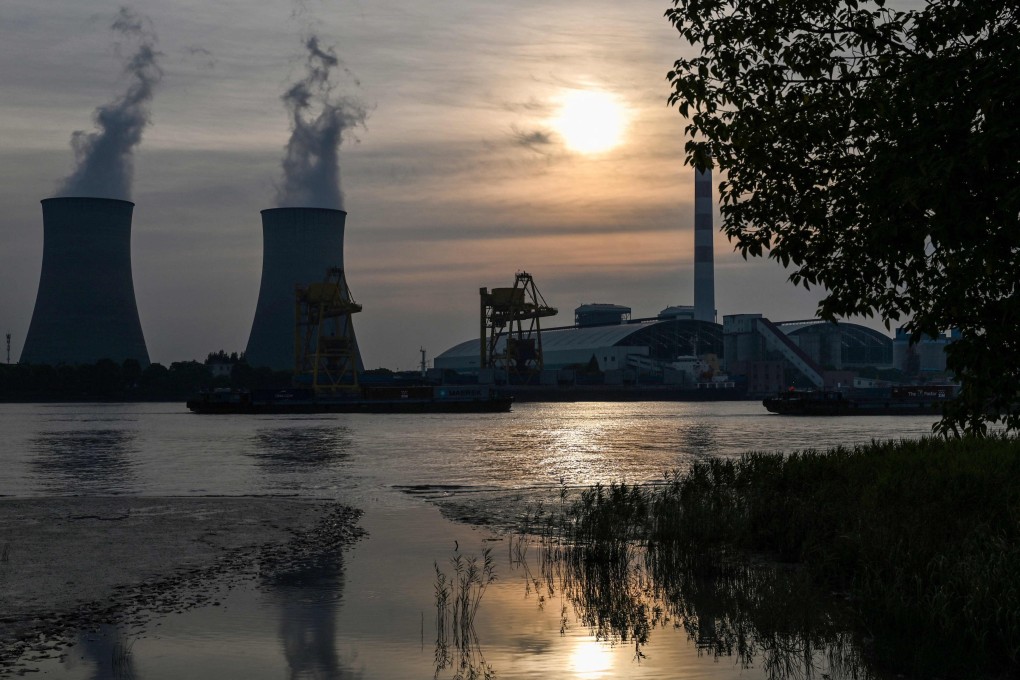Opinion | Don’t let China’s ‘coal boom’ enable backsliding on climate pledges
- China’s surge in coal production to handle rising electricity demand is an act of crisis management rather than a boom
- The sight of new coal power plants being built and Beijing having second thoughts about its climate commitments should be a huge concern

It is a crucial year, politically, for the Communist Party and President Xi Jinping. A note from China’s planning agency in March said, “Major coal-producing provinces and relevant state-owned enterprises should make every effort to expand coal mining … to ensure stable supply of coal during the 20th National Congress of the Communist Party of China and the peak electricity periods in summer and winter.”
The latest energy statistics support the assessment that the rise in coal production and project approvals is a crisis response rather than a policy shift. From January to August, the amount of power generated by coal, which is directly linked to greenhouse gas emissions, stagnated. However, coal stockpiles at power plants are more than double those of August last year.

